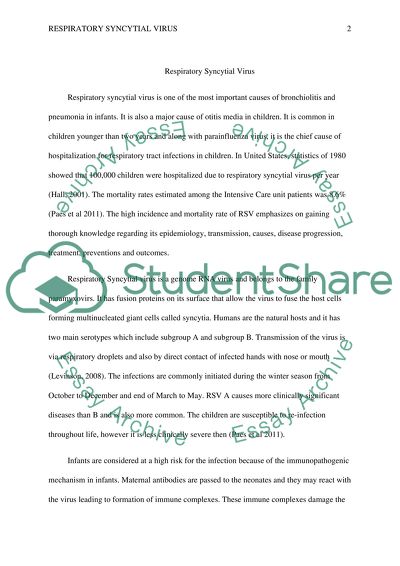Cite this document
(“Respiratory Syncytial Virus Research Paper Example | Topics and Well Written Essays - 1250 words”, n.d.)
Respiratory Syncytial Virus Research Paper Example | Topics and Well Written Essays - 1250 words. Retrieved from https://studentshare.org/health-sciences-medicine/1496454-respiratory-syncytial-virus
Respiratory Syncytial Virus Research Paper Example | Topics and Well Written Essays - 1250 words. Retrieved from https://studentshare.org/health-sciences-medicine/1496454-respiratory-syncytial-virus
(Respiratory Syncytial Virus Research Paper Example | Topics and Well Written Essays - 1250 Words)
Respiratory Syncytial Virus Research Paper Example | Topics and Well Written Essays - 1250 Words. https://studentshare.org/health-sciences-medicine/1496454-respiratory-syncytial-virus.
Respiratory Syncytial Virus Research Paper Example | Topics and Well Written Essays - 1250 Words. https://studentshare.org/health-sciences-medicine/1496454-respiratory-syncytial-virus.
“Respiratory Syncytial Virus Research Paper Example | Topics and Well Written Essays - 1250 Words”, n.d. https://studentshare.org/health-sciences-medicine/1496454-respiratory-syncytial-virus.


